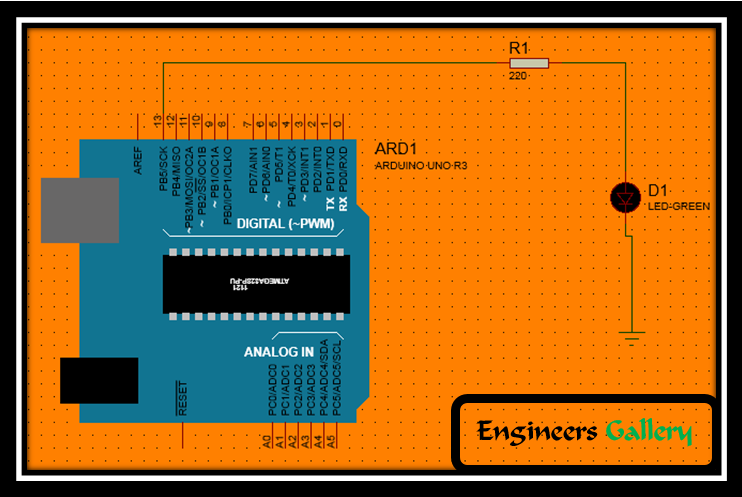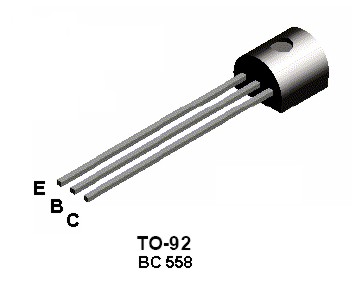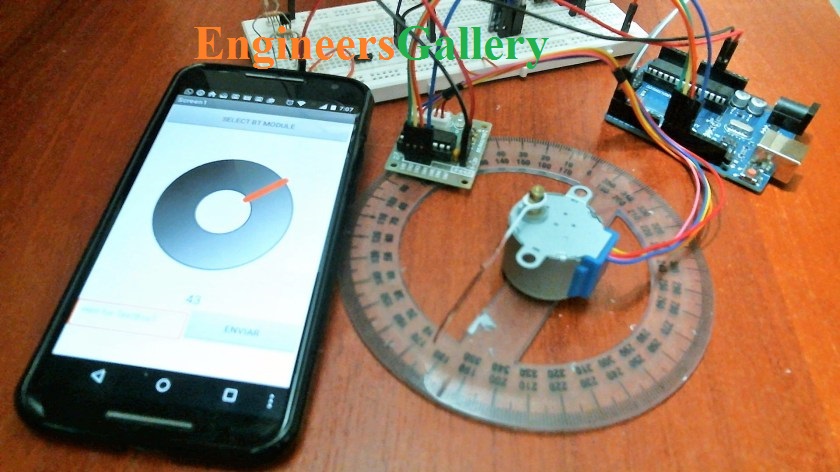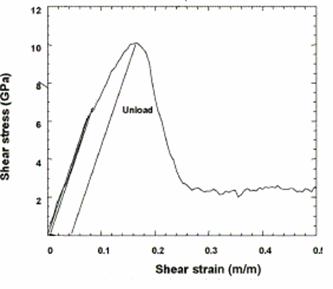BP101T – HUMAN ANATOMY AND PHYSIOLOGY-I
Electrocardiogram and Disorders of Heart Regulation of Blood Pressure and Pulse Heart Regulation by Autonomic Nervous System, Cardiac Output and Cardiac Cycle Elements of Conduction System of Heart and Heartbeat Structure and Functions of Artery, Vein and Capillaries Blood Circulation and Blood Vessels Anatomy of Heart Structure and Functions of Nose & Tongue and Their Disorders Structure and Functions of Eye & Ear and their Disorders Origin and Functions of Spinal and Cranial Nerves Structure and Functions of Sympathetic and Parasympathetic Nervous System Classification of Peripheral Nervous System Lymphatic Vessels, Lymph Circulation and Functions of Lymphatic System Lymphatic Organs and Tissues Reticuloendothelial System Blood Grouping, Rh Factors, Transfusion, Its Significance and Disorders of Blood Hemopoiesis, Formation of Hemoglobin, Anemia and Mechanisms of Coagulation Body Fluids, Composition and Functions of Blood Structural and Functional Classification, Types of Joints Movements and Its Articulation Organization of Skeletal Muscle, Physiology of Muscle Contraction, Neuromuscular Junction Salient Features and Functions of Bones of Axial and Appendicular Skeletal System Divisions of Skeletal System and Types of Bone Structure and Functions of Skin Location and Functions of Epithelial, Muscular, Nervous and Connective Tissues Classification and Structure of Tissues Forms of Intracellular Signaling General Principles of Cell Communication, Intracellular Signaling Pathway Activation by Extracellular Signal Molecule Cell Division and Cell Junctions Structure and Functions of Cell and Transport Across Cell Membrane Basic Life Processes, Homeostasis and Basic Human Anatomical Terminology Levels of Structural Organization and Human Body Systems Definition and Scope of Human Anatomy and Physiology
BP102T – PHARMACEUTICAL ANALYSIS
Methods of Preparation, Displacement Value, Its Calculation and Evaluation of Suppositories Construction and Working of Dropping Mercury Electrode & Rotating Platinum Electrode and Applications Polarography – Principle and Ilkovic Equation Methods to Determine End Point of Potentiometric Titration and Applications Potentiometry- Electrochemical Cell, Construction and Working of Reference and Indicator Electrodes Conductometry- Introduction, Conductivity Cell, Conductometric Titrations, Applications Cerimetry, Iodimetry, Iodometry, Bromometry, Dichrometry and Titration with Potassium-iodate Concepts of Oxidation & Reduction and Types of Redox Titrations (Principles and Applications) Basic Principles, Methods and Application of Diazotization Titration Purity of the Precipitate: Co-precipitation & Post precipitation and Estimation of Barium Sulphate Principle and Steps Involved in Gravimetric Analysis Masking & Demasking Reagents and Estimation of Magnesium Sulphate, and Calcium Gluconate Classification of Complexometric Titration and Metal ion Indicators Mohr’s method, Volhard’s method, Modified Volhard’s method, Fajan’s method of Precipitation Titration Estimation of Sodium Benzoate and Ephedrine Hydrochloride Solvents, Acidimetry and Alkalimetry Titration Theory Involved in Titrations of Strong, Weak, and Very Weak Acids and Bases and Neutralization Curves Theories of Acid Base Indicators and Classification of Acid Base Titrations Limit Tests Pharmacopoeia and Sources of Impurities in Medicinal Agents Methods of Minimizing Errors in Analysis, Accuracy, Precision and Significant Figures Sources and Types of Errors Preparation and Standardization of Various Molar and Normal Solutions Primary and Secondary Standards Methods of Expressing Concentration Different Techniques of Analysis Pharmaceutical Analysis: Definition and Scope
BP103T – PHARMACEUTICS-I
Excipients Used in Semi Solid Dosage Forms and Evaluation of Semi Solid Dosages Forms Preparation of Ointments, Pastes, Creams and Gels Definition, Classification, Mechanism and Factors Influencing the Dermal Penetration of Drugs Definition, Classification, Physical, Chemical and Therapeutic Incompatibilities with Examples Definition, Types, Advantages and Disadvantages of Suppositories Stability Problems of Emulsions and Methods to Overcome Methods of Preparation of Emulsions Test for Identification of Type of Emulsion Definition, Classification of Emulsion and Emulsifying Agents Definition, Classification, Advantages and Disadvantages of Suspensions Preparation of Flocculated and Deflocculated Suspensions, Stability Problems and Methods to Overcome Definition and Preparation of Syrups, Elixirs, Liniments and Lotions Definition and Preparation of Ear Drops, Nasal Drops and Enemas Definition and Preparation of Gargles, Mouthwash and Throat Paint Solubility Enhancement Techniques Excipients Used in Formulation of Liquid Dosage Forms Advantages and Disadvantages of Liquid Dosage Forms Eutectic mixtures and geometric dilutions Dusting Powders, Effervescent, Efflorescent and Hygroscopic Powders Simple & Compound Powders– Official Preparations Definition, Classification, Advantages and Disadvantages of Powders Isotonic Solutions Based on Freezing Point and Molecular weight Calculations Involving Percentage Solutions, Allegation and Proof Spirit Weights and Measures – Imperial and Metric System Pediatric Dose Calculations Based on Age, Body Weight and Body Surface Area Introduction to Pharmacopoeias Definition and Factors Affecting Posology Definition, Parts, Handling and Errors in Prescription Introduction, Classification and Definitions of Dosage Forms Pharmacy as a Career History of Pharmacy
BP104T – PHARMACEUTICAL INORGANIC CHEMISTRY
Storage Conditions, Precautions & Pharmaceutical Application of Radioactive Substances Radio Isotopes and Study of Radio Isotopes- Sodium Iodide I131 Radiopharmaceuticals: Radio activity, Measurement of radioactivity, Properties of α, β, γ radiations Astringents: Zinc Sulphate, Potash Alum Poison and Antidote: Sodium thiosulphate, Activated charcoal, Sodium nitrite Half-life of Radiopharmaceutical Preparations Hematinics: Ferrous sulphate, Ferrous gluconate Emetics: Copper sulphate, Sodium potassium tartrate Expectorants: Potassium iodide, Ammonium chloride Antimicrobials: Mechanism, Classification, Potassium permanganate, Boric acid, Hydrogen peroxide, Chlorinated lime, Iodine and its preparations Cathartics: Magnesium sulphate, Sodium orthophosphate, Kaolin and Bentonite Antacid: Ideal Properties of Antacids, Combinations of Antacids, Sodium Bicarbonate, Aluminum hydroxide gel, Magnesium hydroxide mixture Acidifiers: Ammonium chloride and Dil. HCl Desensitizing Agents, Calcium carbonate, Sodium fluoride, and Zinc eugenol cement Dentifrices, Role of Fluoride in the Treatment of Dental Caries Physiological Acid Base Balance Electrolytes Used in the Replacement Therapy: Sodium chloride, Potassium chloride, Calcium gluconate and Oral Rehydration Salt (ORS) Functions of Major Physiological Ions Buffered Isotonic Solutions, Measurements of Tonicity, Calculations and Methods of Adjusting Isotonicity Buffers in Pharmaceutical Systems, Preparation, Stability of Buffers Buffer Equations and Buffer Capacity in General Modified Limit Test for Chloride and Sulphate Principle Involved in the Limit Test for Chloride, Sulphate, Iron, Arsenic, Lead, and Heavy Metals Pharmacopoeia and Sources of Impurities in Medicinal Agents
BP105T – COMMUNICATION SKILLS
Group Discussion: Introduction, Communication Skills in Group Discussion, Do’s and Don’ts of Group Discussion Delivering Your Presentation, Techniques of Delivery Giving Presentations: Dealing with Fears, Planning your Presentation, Structuring Your Presentation Interview Skills: Purpose of an interview, Do’s and Don’ts of an interview Writing effectively: Subject Lines, Put the Main Point First, Know Your Audience, Organization of the Message Complexity of the Topic, Amount of Discussion Required, Shades of Meaning and Formal Communication Effective Written Communication: Introduction and When and When Not to Use Written Communication Basic Listening Skills: Introduction, Self-Awareness, Active Listening, Becoming an Active Listener, Listening in Difficult Situations Communication Styles: Introduction, The Communication Styles Matrix with example for each Direct, Spirited, Systematic, Considerate Communication Style Elements of Communication: Introduction, Face to Face Communication – Tone of Voice, Body Language, Verbal Communication, Physical Communication Introduction, Visual perception, Language, Other factors affecting our perspective – Past Experiences, Prejudices, Feelings, Environment Psychological Barriers and Emotional Barriers to Communication Gender Barriers and Interpersonal Barriers to Communication Physiological Barriers, Physical Barriers, Cultural Barriers, Language Barriers to communication The Communication Process – Source, Message, Encoding, Channel, Decoding, Receiver, Feedback, Context Communication Skills: Introduction, Definition and the Importance of Communication










